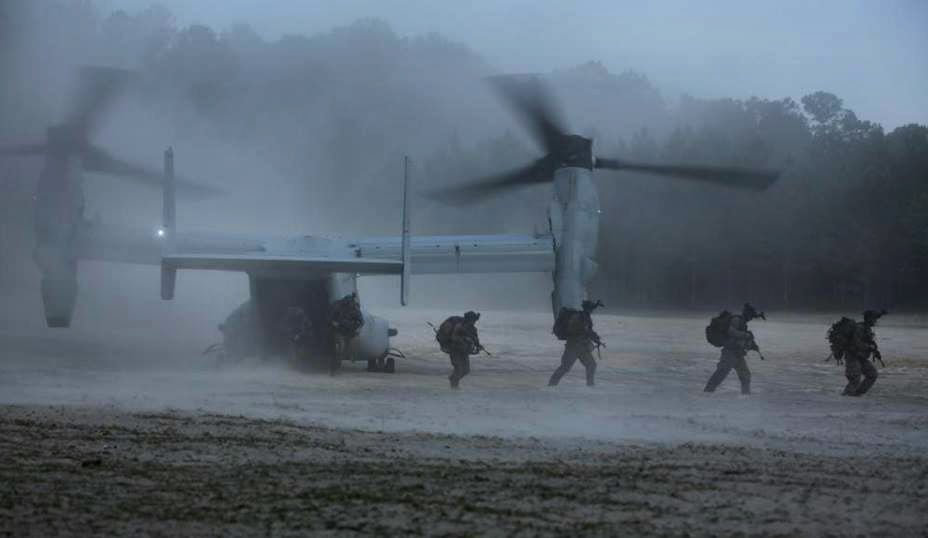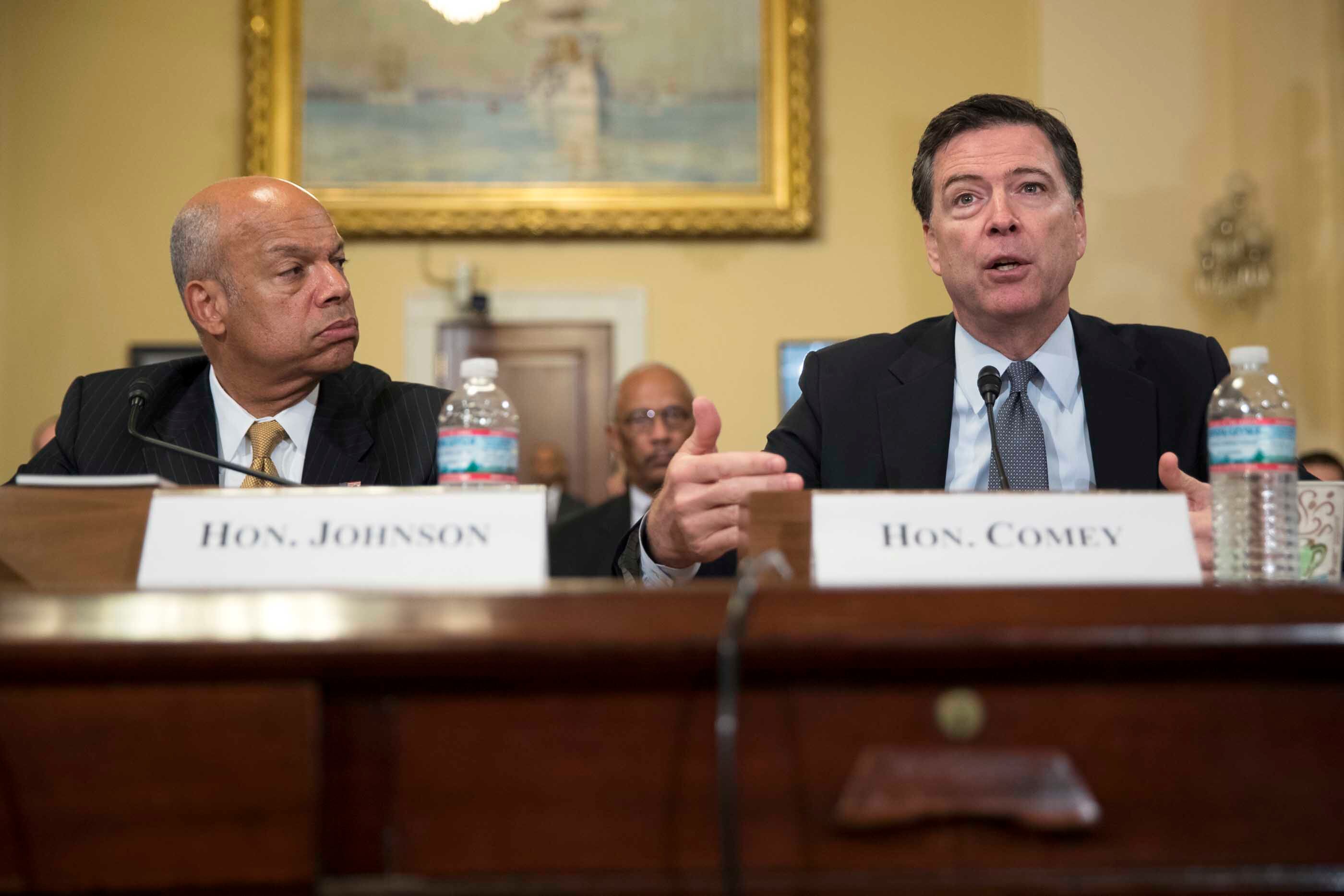Marine Corps Commandant Gen. Joseph Dunford released his long-awaited planning guidance Friday, emphasizing development of the Marines' noncommissioned officer senior enlisted ranks, and new missions for each of the three Marine expeditionary forces that operate worldwide.
The lean 15-page document contains no expectation of a decreased operating tempo as the Marine Corps resets following lengthy wars in Iraq and Afghanistan. Rather, it leans into the Corps' role in a fraught environment in which troops may be called to operate in a decentralized manner all over the world.
Combat readiness, Dunford writes, will require the Marines to address shortfalls in the Corps' inventory of noncommissioned officers and staff noncommissioned officers.
"Our objective is to address the gaps for NCOs and SNCOs by grade, [military occupational specialty], and qualifications in the structure that we man across the Marine Corps," he wrote.
Programs like the new Squad Leader Development Program, which creates a specific MOS and career track for infantry squad leaders, will help reach this goal, he said.
Operationally, Dunford said the services plans Marines planned to continue efforts to align units with all geographic combatant commands to meet the needs of joint commanders and enable the Corps to be better able to act anywhere in the world.
To this end, he said, I Marine Expeditionary Force, on the West Coast, will focus on maintaining proficiency in major operations and campaigns. The East Coast-based II MEF, on the East Coast, will maintain proficiency in Marine expeditionary brigade-level crisis response, he said. And III MEF, out of Japan, will be designated a standing joint task force headquarters for U.S. Pacific Command.
Dunford also called for a service-level training exercise and employment plan that will help synchronize manning, training, equipping and experimentation efforts across the Marine Corps. the Marines to cement priorities and reach a balance in readiness across the force.
Operationally, Dunford maintained the Marines' emphasis on partnering with the Navy, saying the Corps' exercise priorities for 2015 and 2016 would focus on fighting from the sea in the current anti-access area denial threat environment that stood in the way of traditional beach assaults.
"Our current ability to conduct amphibious operations is complicated by the proliferation of weapons capable of targeting our forces from increasingly greater ranges," he wrote. "Our service-level exercise priorities for 2015 and 2016 will focus on how we will fight from the sea in this Anti-Access, Area Denial (A2AD) threat environment." In 2017 and 2018, he said, Marines would shift their focus forward to 2025, developing ways to fight in the increasingly high-technology A2AD environment of the future.
Technological experiments, he said, will focus on disruptive concepts and capabilities.
Meanwhile, Dunford said, the Marine Corps will maintain a close joint relationship with U.S. Special Operations Command, partnering with special operations forces to better meet the needs of the joint force. This concept was also put forward in previous commandant Gen. James Amos' Expeditionary Force 21 strategy and resulted in the 2014 deployment of small special operations force liaison teams aboard certain Marine Eexpeditionary Uunits.

Students with Marine Special Operations School participate in the field training exercise Raider Spirit at Camp Lejeune, N.C. Gen. Joseph Dunford, commandant of the Marine Corps, wrote in his new planning guidance that Marines will improve their relationship with special operations forces from across the services.
Photo Credit: Cpl. Donovan Lee/Marine Corps
Dunford maintained focus on the F-35B Joint Strike Fighter, expected to reach initial operating capability this year, and the Amphibious Combat Vehicle program, now entering the first phase ofn development.
Notably, Dunford said he would continue to prioritize a self-deploying, high-speed version of the ACV, even while moving forward with current prototypes in development that do not include the high-speed capability. High-speed, long-range ship-to-shore connectors also remain a priority, he said.
"The capabilities we field will support out concepts of ship to objective maneuver and operational maneuver from the sea and will be fully incorporated into our service exercise and experimentation program," he said.
At sea, In ship development, with a host of platforms are expected to take the operational burden off a limited number of amphibious ships, Dunford said the first step would be to develop plans for Special Purpose Marine Air Ground Task Force-Crisis Response-Africa, based in Morón, Spain, and Marine Rotational Force-Darwin in Australia to use the alternative sea-based platforms.
That plan will be implemented beginning this year, he said.
Unlike Amos' planning guidance, released in 2010, Dunford included no detailed checklist of tasks to be accomplished with specific deadlines.
Announcing the publication of his planning guidance in a video, Dunford encouraged Marines to provide feedback on his ideas.
"My intent was to focus on those areas most important to our war-fighting and combat readiness," he said. "I want each of you to read it, discuss it with your fellow Marines and provide feedback to your leadership. With your help, our Corps will continue to innovate, adapt and win."
Planning guidance






